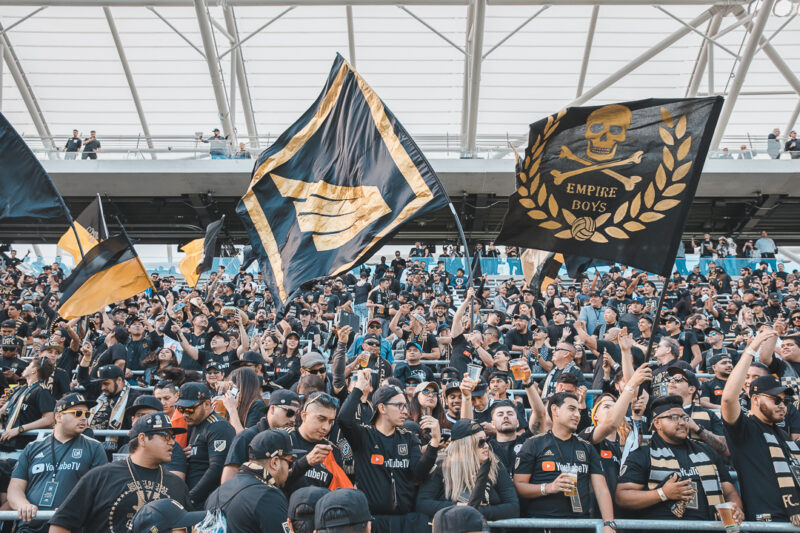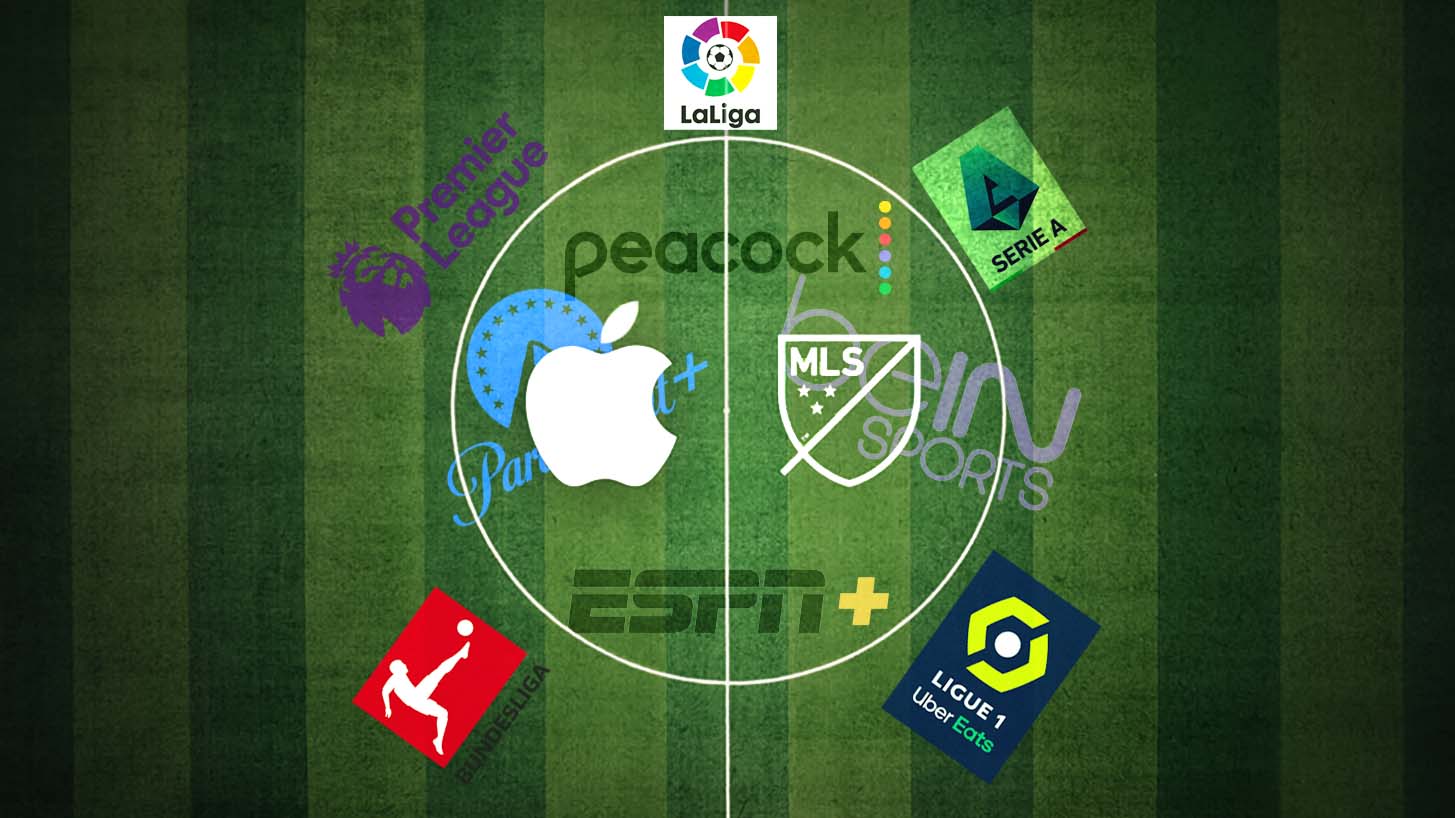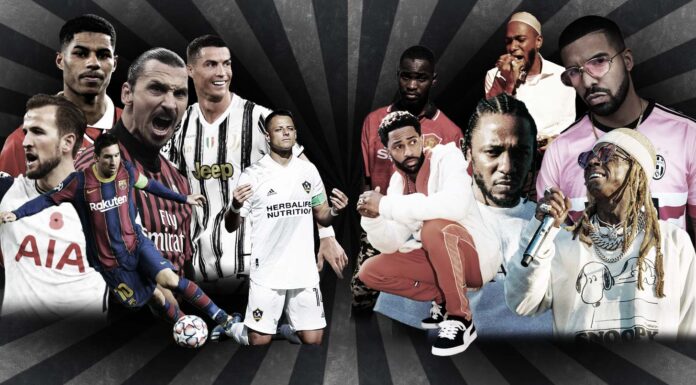Major League Soccer’s 30th season kicks off on February 22, marking a milestone for a league that has weathered countless challenges, expanded its fan base, and made significant strides. However, it still faces a long road ahead in capturing the attention of mainstream America.
MLS turns 30 this year. And while that might seem infantile in comparison to some of the other leagues across the world, it’s still a significant milestone, especially considering the journey the league has endured.
When the San Jose Clash’s Eric Wynalda scored the league’s first-ever goal to defeat DC United, the dream was clear: to finally have a professional league in the U.S. that could not only survive, but thrive.
It took years of ups and downs, but by 2014, MLS was on the right track with expansion and a growing fan base. There were plenty of mistakes along the way — from starting the league with a backwards clock and awkward team names, to a pair of near collapses in 2002 and 2005. Yet, MLS persevered through these growing pains and ultimately transformed itself into the league it is today.
While it has excelled in building soccer-specific stadiums, fostering fan culture, and shedding the stigma of being a recreational league, MLS has also struggled with arrogance and inconsistencies. As the league enters its 30th season, let’s take a closer look at what it has done right — and where it still has room to improve.
Fan Culture Remains Key to MLS Growth

In recent years, many MLS teams have opted for generic names like *Insert City* FC/SC/United, making it seem like they are following a cookie-cutter blueprint. However, most, if not all of them have created a unique presence in American sports through the passionate support of their fans.
MLS fan culture, though not shaped by the same social, economic, and cultural tensions as in countries like Argentina, Turkey, or Greece, has adapted the best aspects of South American and European fan traditions. Add a distinct American touch, with a focus on inclusion, and you get a culture that’s both fervent and welcoming.
The commitment of MLS fans has eventized every match, making each one feel like it matters. Players are starting to feel the weight of more informed, demanding fanbases. It took decades, but MLS is no longer a place where players — whether American or international — can make “easy money.” The pressure is real, and it’s increasingly affecting coaches and players, with jobs now on the line more than ever before.
MLS is also still one of the most affordable sports leagues in the U.S., with the exception of Inter Miami. As the NBA, MLB, and NFL have made attending games prohibitively expensive for many families, MLS still offers reasonably priced tickets. Smaller stadiums and passionate supporter culture create new fans and drive repeat business.
However, despite these advances, MLS continues to struggle with securing a true major television deal. The league’s ratings have stagnated, hovering around 300,000 to 500,000 viewers when aired on regular television.
Spending Big Despite Roster Limitations

Building a competitive roster in MLS is not for the faint-hearted. The official salary cap hovers around $5.5 million, but the introduction of mechanisms like TAM, GAM, and Designated Players has allowed teams to spend much more than the initial salary cap.
However, roster restrictions remain a significant challenge. Many teams continue to spend heavily on attacking players while leaving the defense underfunded. Out of the 68 current MLS DPs, only seven of them are defensive players.
Inter Miami is the prime example: with stars like Luis Suárez, Lionel Messi, and Tadeo Allende up front, their defensive lineup — featuring players like David Martínez, Ryan Sailor, Tyler Hall, and Marcelo Weigandt — lacks comparable pedigree. This imbalance might support MLS’s vision of parity, but it has hindered the league’s performance in international competitions, like the CONCACAF Champions Cup.
Fans and pundits alike have begun calling for MLS to take off the training wheels and implement a hard salary cap system, allowing teams to build more balanced rosters. By investing more in defense, the overall quality of the league could rise, and American players would benefit from higher standards of competition.
As of February 3, MLS is the seventh-highest spending league during the winter transfer window, investing $144.6 million. While many top leagues including the Premier League ($365 million), Ligue 1 ($177.6 million), and the Brazilian Serie A ($174.5 million) outspent MLS, this significant investment shows that the league is willing to raise its profile.
The Decline of the DP and the Move Toward Balanced Spending
The era of the Designated Player is slowly fading. Teams are no longer simply looking for a marquee name to sell tickets; instead, they’re focusing on building teams with more depth. While some markets still need a big star to capture attention, many teams are now spending based on need rather than star power.
Allowing teams to spread money and invest in their overall roster instead of blowing it all on a single DP could help improve the league’s overall quality. Although this change is still some ways away, the discussion is gaining traction. As MLS moves into the post-2026 era, following the World Cup hosted by the United States, Canada, and Mexico, this could be the shift the league needs to remain competitive.
Youth Academies: MLS’s Emerging Talent Pipeline
As MLS continues to grow, it is increasingly becoming a “selling league” for top American talent. While the money in European soccer far surpasses anything MLS can offer for rising American stars, the league’s youth academies are finally starting to produce lasting talent that is drawing attention on the global stage.
Over the past 30 years, the league’s youth systems have been responsible for developing a range of talented players, many of whom spent little to no time on MLS senior teams. By creating and selling homegrown talent, MLS is elevating its reputation internationally.
FC Dallas have one of the most successful academies in the league, producing players like Weston McKennie, Ricardo Pepi, and Chris Richards, who have gone on to play in top European leagues and the U.S. men’s national team.
The Philadelphia Union have built a reputation for developing players like Brenden Aaronson and Mark McKenzie, emphasizing a professional and developmental environment. Their latest product, 15-year-old Cavan Sullivan, is perhaps the most lauded yet, and will head to Manchester City once he turns 18.
The New York Red Bulls have contributed Timothy Weah and Tyler Adams, two of the brightest current USMNT players.
LA Galaxy have produced notable players like Efrain Alvarez and Julian Araujo, who have represented Mexico on the national team level, as well as USMNT striker Haji Wright.
Atlanta United though newer, have rapidly established themselves with players like George Bello and Caleb Wiley, focusing on promoting young talent to the first team.
Television: The Final Frontier for MLS

Ultimately, MLS’s future hinges on television exposure. Its Achilles’ heel continues to be its lack of mainstream media coverage. The Apple TV deal, which at $250 million per year for 10 years, was initially seen as a lifeline, but in practice, it’s had mixed results.
The actual coverage on MLS Season Pass, with dedicated pre- and post-match shows as well as a whip-around highlight program, has been an upgrade, but being behind a paywall has pushed the league out of the public eye and has limited its mainstream coverage from outlets like ESPN or FOX.
MLS has been relegated to an afterthought on major sports pundit talk shows, and the lack of coverage means that MLS remains a niche product. For casual fans, finding MLS content outside of social media or fan-driven YouTube channels or podcasts can be difficult.
It doesn’t help that Messi, the league’s biggest star, remains mostly absent from the American mainstream media. When Messi does speak, it’s usually to Argentine outlets or streamers — not U.S. sports media. He has yet to give U.S. SportsCenter or late night talk shows a glimpse of his time.
As MLS enters its third year with Apple TV, the quality of its broadcasts has never been better. But how many people are actually watching? It seems clear that whatever MLS and Apple TV have planned is of little consequence to the general sports audience. Stuck in a long-term deal, MLS must find better ways to share its story with the masses. Without a major TV deal, MLS risks remaining in limbo.
MLS’s Place in the U.S. Sports Landscape and Beyond
As the league enters its 30th season, there’s much to be proud of: its growth, soccer-specific stadiums, increasing transfer activity, and a loyal fanbase. Yet, there are still concerns. Despite three decades of progress, MLS has not gained the mainstream recognition it deserves. It still lags behind the NFL, NBA, MLB, and even the NHL — which despite a recent ratings slump still has significantly higher viewership than MLS.
While MLS has established itself as a serious and competitive league, expecting it to compete with the world’s top leagues or to spend recklessly to reach that level is unrealistic. Without a solid television deal, MLS will never become a top-tier global league.
MLS’s next major step is to find a way to make itself relevant not just to soccer purists, but to a wider American audience. To do this, the league must improve how it tells its story and— most importantly — how it makes the American public care.
MLS doesn’t need to be the best in the world — it simply needs to be exciting, to be a league that fans care about when they watch.
That goal may not be achieved in 2025, but we can still celebrate. Celebrate that MLS has reached its 30th year, that American soccer players can now make a living playing in the league, that teams now have their own stadiums, and that several clubs have become household names in their local markets.
MLS has come a long way, and though its future may face some bumps, it’s more firmly entrenched than ever before. And for that we must all celebrate.








